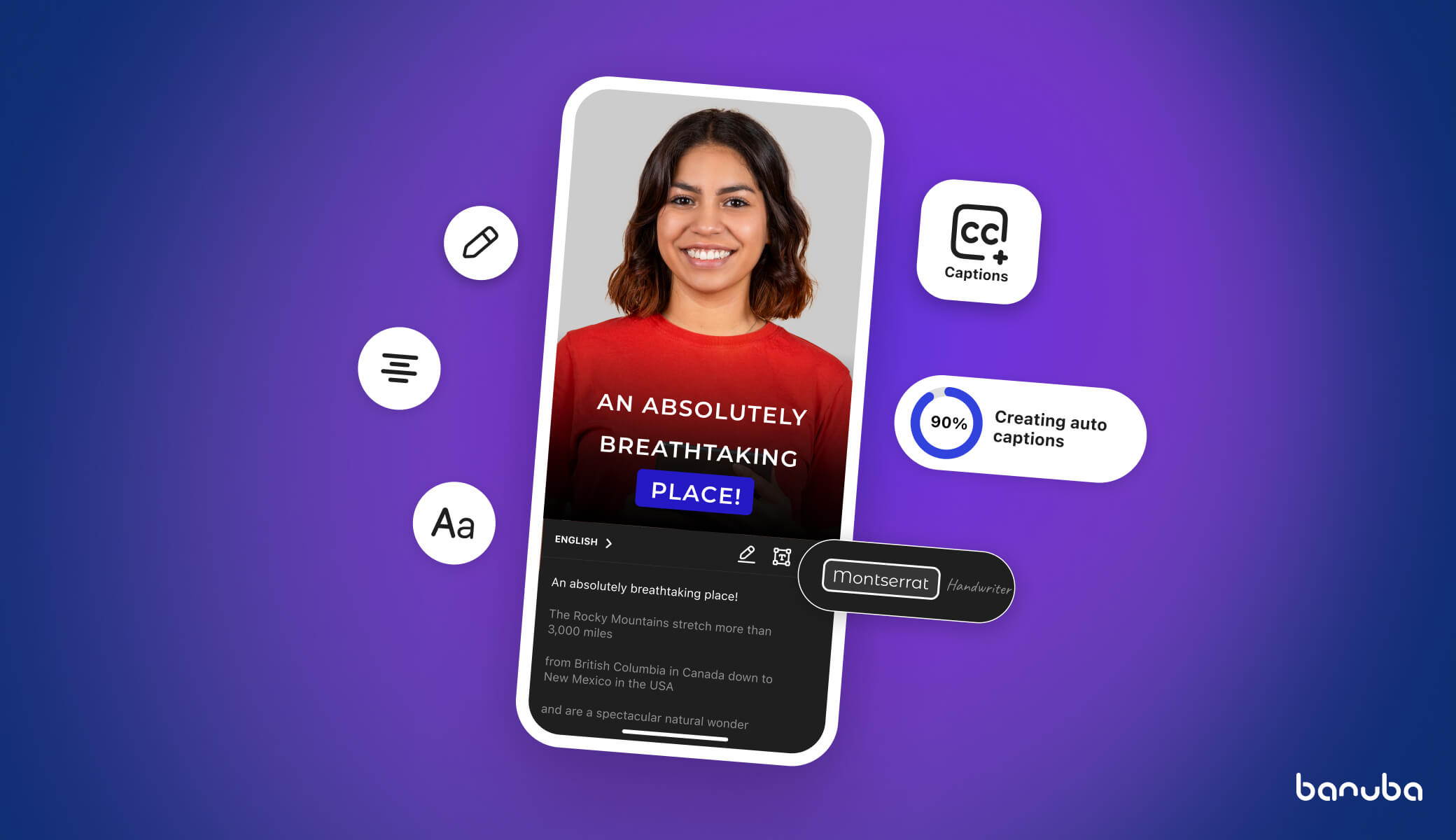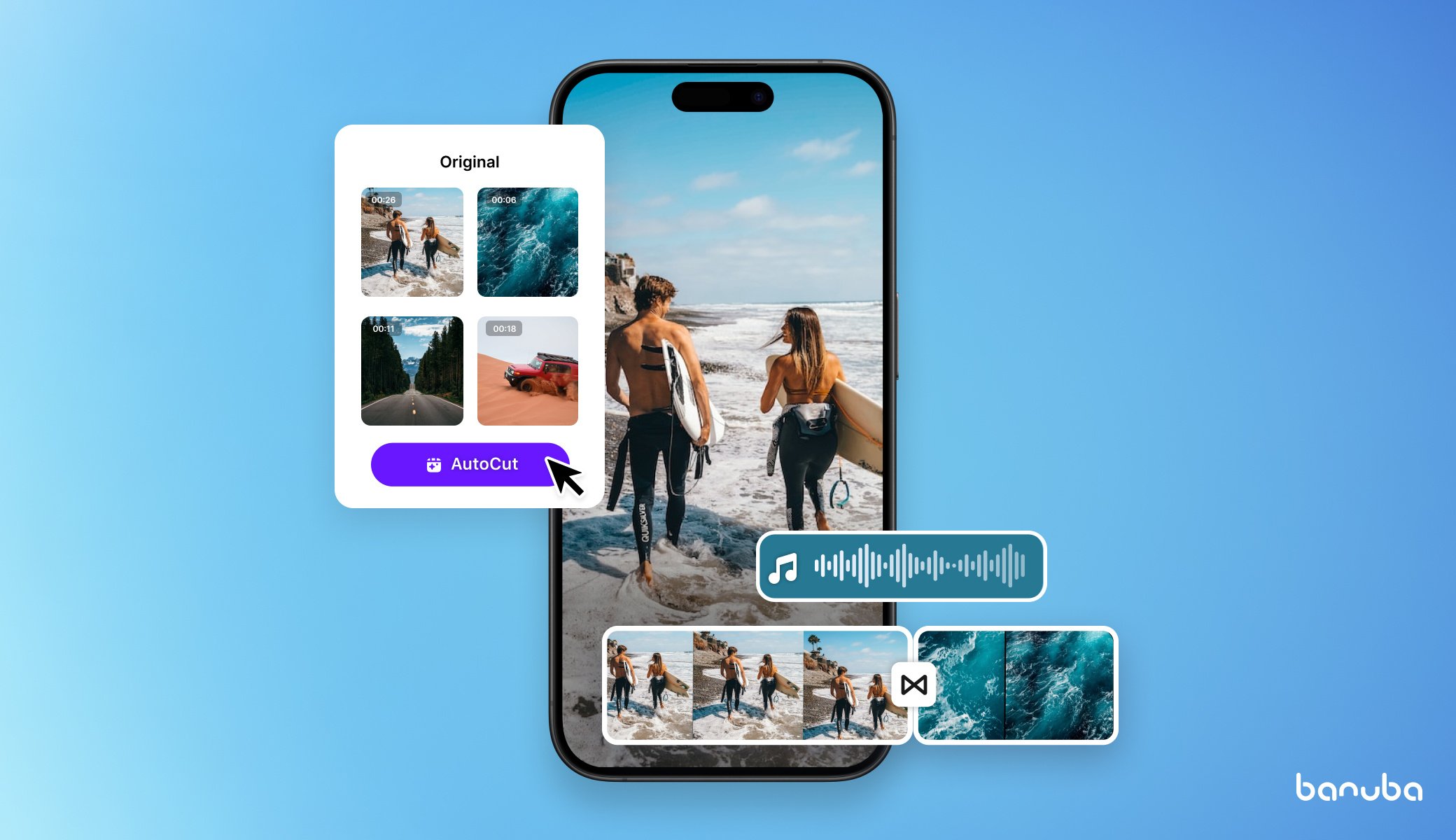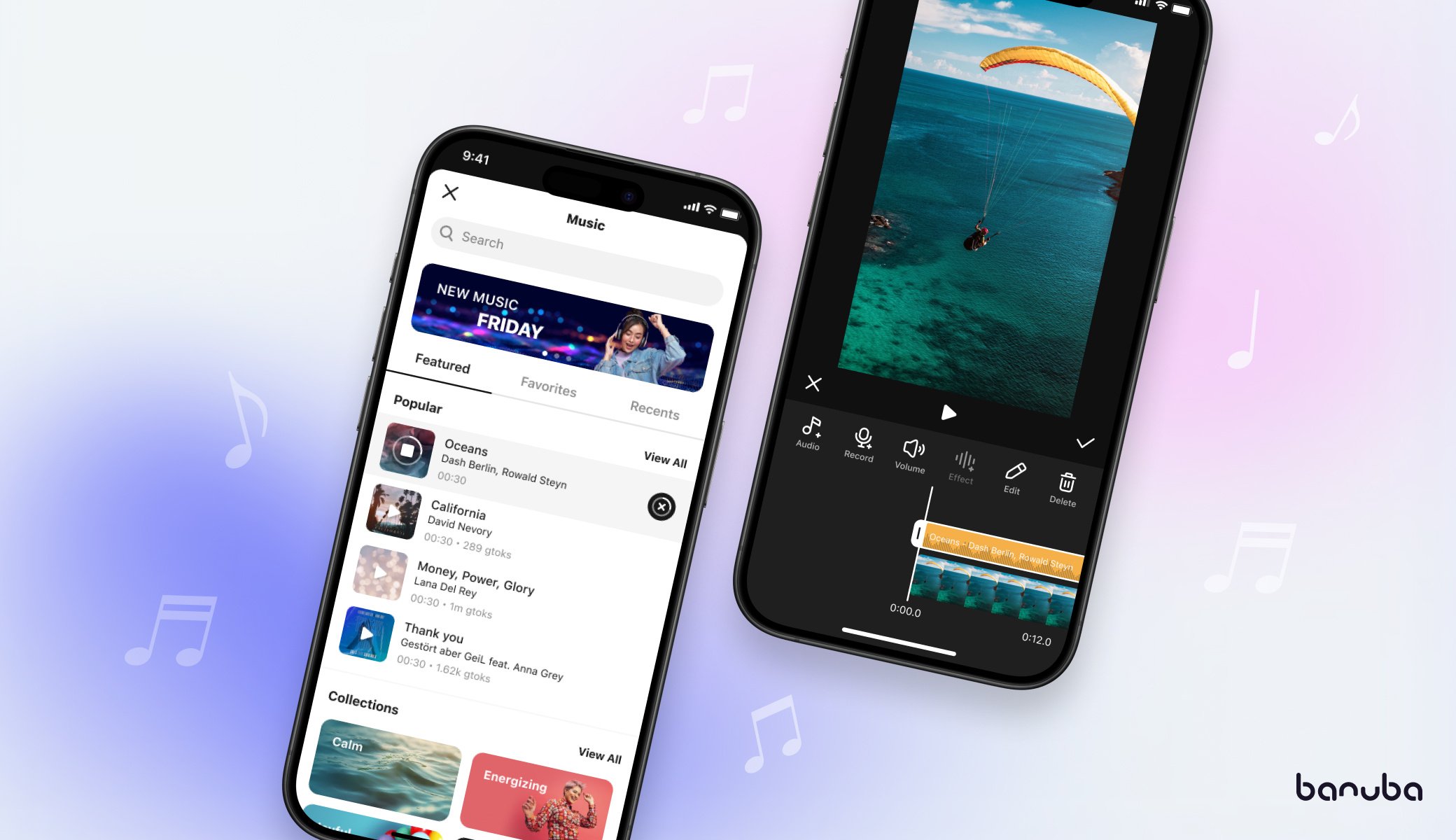How Much Does It Cost To Make An App Like TikTok
TikTok, the most popular app for making short videos, had its fair share of controversies. Between being banned in India and Pakistan, and having issues with regulatory organs in the USA and several other countries, it struggles to maintain its public image. This situation has given rise to a number of competing apps, trying to capitalize on the shift in the market. In this article, we will explain the success factors of TikTok, show how it earns money, and how much would it cost to build a competing app.

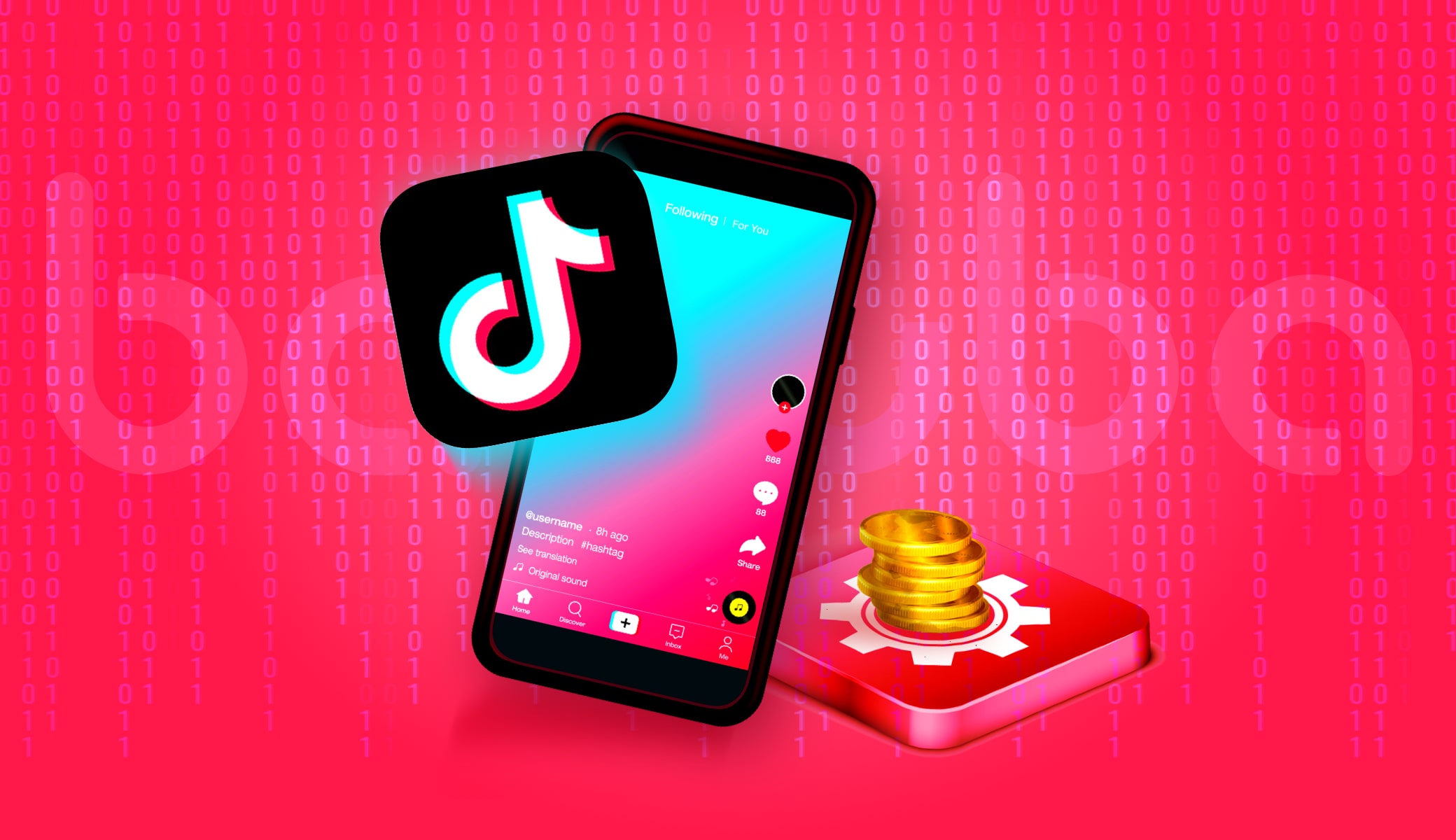
TikTok Overview
TikTok is a powerhouse of an app. It has about 700 million active monthly users (MAU) and is turning a massive profit, expecting to reach USD 6 billion in revenue in 2021.
The USA is the country with the highest number of people using TikTok, counting from almost 66 million to 100 million (by different estimates) of them. Indonesia and Russia follow, with 22.2 and 16.4 million users respectively.
Source: Statista
The app is extremely popular with teenagers and young adults. 62% of its US userbase are people aged 29 and younger.
TikTok also has a twin app Douyin, which is essentially the same but targets the Chinese market only. Both of them belong to ByteDance, a company of Zhang Yiming, the 13th richest man in China.
TikTok Success Factors
It wasn’t the first to use the short video app format, nor is it the only one. Before TikTok broke through, there was Vine, which used essentially the same business model. Likee, Chingari, Byte, and Triller focus on short videos too, while Instagram and Snapchat also allow such content.
So why has TikTok become so popular?
1. AI-curated feed
Facebook, Netflix, and many other media platforms use algorithms to recommend to users the content that they might like. TikTok, on the other hand, uses an AI that gauges user preferences and makes decisions for the person.
Firstly, this plays into the preferences of its target audience which likes to just relax and consume content. Secondly, this allows discovering something entirely new, that the user never thought they would enjoy.
Feel free to check out our guide to AI video editing to learn more about how these technologies work together.
2. Ease-of-use
The appeal of short video content is the ease with which it is made. TikTok makes the process as simple and streamlined as possible. Anyone can quickly understand all its features and start creating and uploading their own videos.
The platform itself gives the users ideas for new content in the forms of hashtags, challenges, and memes.
It doesn’t even have a tutorial: a new user is instead shown the video feed, which can engage them to watch and start creating later.
3. Financial incentives for content creators.
TikTok has a straightforward process of how a user can make money on the app. Once a person has 1000 followers, they can host live streaming sessions and get donations from their viewers in the form of in-app currency. Once a user earns 100 USD worth of it, they can exchange it for actual money.
There are other ways to earn this currency, e.g. referral programs, sponsorships, and winning the challenges.
TikTok wallet
4. Celebrity partnerships
The developers actively attract celebrities and influencers to bring clout and popularity to TikTok. Kris Jenner, Charlie Puth, Paris Hilton, and others are encouraged to create content and drive users to the app.
5. Shareable content
The videos made on TikTok can be uploaded to other social networks as well, for example, as Instagram stories. People seeing these stories are attracted to TikTok, at least to check it out, and many end up staying on the platform.
How TikTok Earns Money
This app is free for users, which means the users themselves are the product that TikTok sells. So this is how the app is monetized:
1. Ads
Given the huge number of people on the platform, the most straightforward way to earn money with them is to show ads. TikTok offers several types of them: in-feed, brand takeover, and branded challenges.
In-feed ads are shown as ordinary videos in the user feeds. Brand takeover ads appear right after someone opens the app. And branded challenges are special hashtags that motivate users to do something favoring the brand (e.g. the #boorito challenge from Chipotle, giving discounts to the customers who make orders in Halloween-themed outfits).
2. In-app currency
In a previous section, we mentioned the in-app currency that people on the platform can buy and reward the creators with. Here’s how it works:
- A user buys a certain number of “coins” for real money.
- A user uses these “coins” to purchase virtual gifts for the creators (different gifts cost differently), the gifts then become “diamonds” in the creator’s wallet.
- Once a creator earns enough to convert the “diamonds” into actual money, they can transfer them to their PayPal account.
- TikTok takes a cut of the transaction.
TikTok live streaming gifts
TikTok Core Features and Estimates
Assumptions and approach
The app has been live for 4 years and has expanded its functionality well beyond that of an initial release. Trying to launch your own competing short video app with all the features would take an obscene amount of time and money. So in this section, we will focus on the minimum viable product (MVP) functionality - enough to bring value to the user and distinguish your product from the competition.
We estimated the number of man-hours it takes to make each of the following features. The reason for this is that the rates of the developers could differ greatly. For example, an hour of work of the programmer in a custom software company in Belarus would cost much less than that of his counterpart in Silicon Valley. See the “Development Strategy” section in our article on how to develop a video editor for details.
Moreover, not all the work is priced equally. Manual quality assurance engineers usually have lower rates than developers. And among those, the more experienced a specialist is, the higher his time costs.
All the numbers include not just the development time, but also the design, quality assurance, and project management. In addition, this is a ballpark estimate, intended to give you an idea of how much time and effort it would take to launch something on that scale.
Some features (e.g. registration) are described briefly while their estimate seems overinflated. This is done because of many minute details that take too much time to write out and tend to consume a lot of development time as well.
We assumed the use of the native technologies (Java/Kotlin for Android and Swift for iOS) when we made our estimate. However, an app like TikTok can also be built with a hybrid framework like React Native. In this case, you can expect the development time to be 30% shorter.
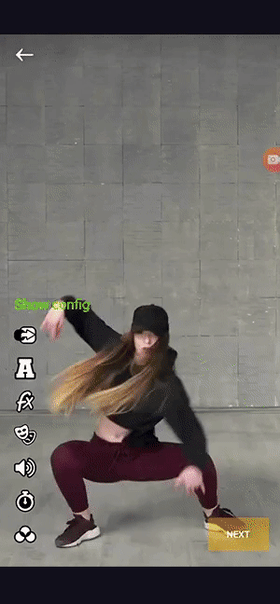 LUT effect
LUT effect
Team composition
To make an MVP version of an app like TikTok, you’ll need the following specialists:
- 2-5 Android developers
- 2-5 iOS developers
- 2-3 backend developers
- 2-3 QA engineers
- 1 designer
- 1 product manager
This will cover all the activities you need.
TikTok features - basics
These are the preparatory activities and the foundation for the rest of the app.
- Setup. Creating the project, setting up its architecture, drawing icons and splash screens, etc. - 160 man-hours.
- Registration. Allowing users to register and log in with their phone number, email, Google account, or social media accounts. - 240 man-hours.
- Navigation. Drawing and coding buttons, designing the flow, and otherwise making the app accessible to the users. - 160 man-hours.
TOTAL: 560 man-hours.
TikTok features - video editing
These are the functions that have something to do with processing the footage.
- Video recording. Self-explanatory. - 480 man-hours.
- Timer, flash, flip. Setting the video timer, the usage of flash, and adapting the video to portrait or landscape format. - 320 man-hours.
- Trimming. Cutting the clip down and changing the start/end frame. - 480 man-hours.
- Voice effects. Applying robot voice, clown voice, and other similar sound filters. - 160 man-hours.
- Speed effects. Increased playback speed and slo-mo. - 160 man-hours.
- Text overlay. Adding text over the clip, with options to change the font and color of said text. - 160 man-hours.
- Stickers. Adding gifs, polls, and emojis to the clip. - 96 man-hours.
- Music provider integration. Database of songs and music tracks available for users. - 160 man-hours.
- Adding soundtrack. An option to add a new track to the recorded clip. - 160 man-hours.
- Soundtrack trimming. Mostly the same functions as with video trimming but including increasing/decreasing volume. - 48 man-hours.
- Slideshow maker. Creating a video from pictures in the gallery or taken right away. - 48 man-hours.
- Duets. Side-by-side videos, where one is premade (e.g. a clip from an influencer) and the other is filmed by the user. - 320 man-hours.
- Reactions. Videos of a user watching another clip, which is being played in the corner of the screen. - 160 man-hours.
- Video upload. Functionality related to the release of the finished clip. - 400 man-hours.
TOTAL: 3248 man-hours.
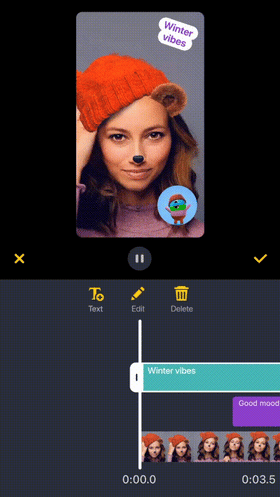 TikTok features - video feed
TikTok features - video feed
TikTok features - video feed
Everything related to the clips shown to the user, according to their personal preferences.
- Video feed. An AI-based video feed can be tweaked and improved forever. This estimate is for the MVP version of it. - 480 man-hours.
- Likes. - 480 man-hours.
- Comments - 960 man-hours.
TOTAL: 2080 man-hours.
TikTok features - filters
The augmented reality effects that could be added in real-time or in post-processing.
- Beautification. Smoothing the skin, whitening the teeth, adding lipstick and eyeshadow, etc. - 800 man-hours.
- LUTs. Color correction schemes for the entire clip. - 64 man-hours.
- AR face filters. Funny masks that are placed over someone’s face. - 1760 man-hours.
- Background replacement. - 480 man-hours.
- AR overlays. Bubbles, underwater effect, glitter, etc. - 240 man-hours.
TOTAL: 3344 man-hours.
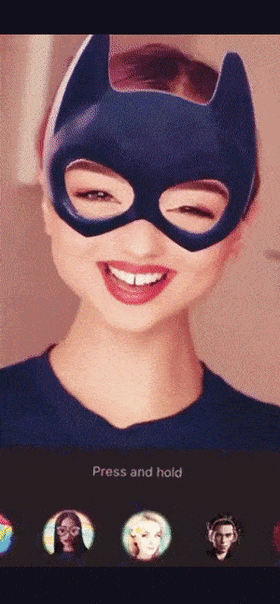 TikTok features - filters
TikTok features - filters
Saving development time on filters and video editing
This is a side note that would show you how to save a ton of time and money if you want to make an app like TikTok.
Building video editing features and AR filters (especially the latter) is a monumental task if you do it from scratch. You’ll need to either hire specialists with the knowledge of augmented reality or have your developers learn it. So if the time-to-market and development budget are a concern, consider using a premade video editor SDK.
For example, Banuba AI Video Editor SDK already has most of these features (trimming, AR masks, voice effects, etc.) and can be integrated into your TikTok-like app in a few hours. By the estimate, using this SDK can save you at least 5600 man-hours.
It is also free to try for 14 days, so don’t hesitate to check it out.
TikTok features - social
Social networking functionality.
- User profile. Avatar, privacy and security settings, following/being followed, etc. - 1680 man-hours.
- Messaging. - 1920 man-hours.
- In-app currency. Coins/diamonds, payment gateway integration, gift mechanics, etc. - 1760 man-hours.
- Social media integrations. Connecting the user’s account to Facebook, Instagram, etc. - 240 man-hours.
- Push notifications. - 320 man-hours.
TOTAL: 5920 man-hours.
APP TOTAL: 15,152 man-hours.
How much does it cost to make an app like TikTok?
Let’s assume the blended rate (average hourly rate of all the specialists involved) is 50 USD/hr. We are being generous, as it could be more than USD 120/hr.
In this case, expect your development budget to be USD 757,600.
If you use a video editor SDK, the total development time would decrease by about 5600 man-hours. Depending on the number of SDK features you request, this could save you USD 100-200K that you could use for other purposes (e.g. promoting your app).
What’s more important, however, the overall development time will drastically decrease. Building the entire app from scratch would take at least six months while using an SDK will cut that by 2-3 months at least.
Conclusion
Developing an app like TikTok is a massive undertaking. Fortunately, with a few tricks (e.g using a premade SDK) it can be made easier and cheaper. If you want to try out ours, drop us a line.

